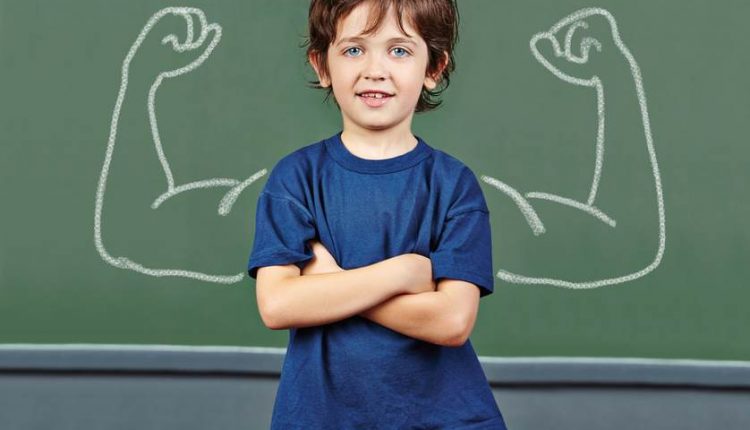
How to Build Self-Confidence in Children
Many parents complain that their children lack self-confidence, that they are shy, nervous and have fear of trying new things. It is also a common complain that kids can’t chose and can’t decide, therefore parents decide for them. When I ask them if the child plays any sports or take part in any physical activity, the answer is a — no.
It seems the parents more than ever pushing the children to get good grades, in the belief that they will score well and get into good higher education and hence get good ensured employment, and live a life and safe steady circumstance. Now this is the mindset today to realize and change
For any sustained employment your child has to be a good team player, he or she has to be able to make decision based on sound evaluation of the seen information, act accurately and efficiently, be respectful, help others, be considerate, admit mistake, correct, forgive and move on, be on time, see things clearly an handle stress calmly, be honest, play be the rules and reach the goal.
If kids graduating out of college and university are not ready for the real word we must look at the “training”/ schooling what they went through. What made them shy, indecisive, depressed and unsure?
Then let’s look at country where sport and physical education is built in the curriculum and children early age on exposed to movement training – educating the physical body in a developmentally appropriate; by an age and gender specific method, which brings the above mentioned human characteristics as automatic behavior into children then allow them to grow into sound and balanced adult.
It must be realized that any of these aspects today for success can’t be taught in the class room. The human character is grown on sport fields and play grounds and gymnasium, where a trained physical educator or junior coach leads the specialized sessions for maximal learning output.
For most of you who has not been exposed to the human developmental power of physical activity, I like to show you here just how it happens.
Once a child learns to execute a movement, and any small movement, he/she experiences success and a sense of achievement. The base of any highly motivated person, or rather highly inspired individual is to experience achievement of the regular bases. And the goal of physical education is to bring this experience in multiples of times in one session.
Imagine what a self-assured child can do and will do in his life? I m sure the previous negative behavior complaint problems disappeared. As the child is energetic, active, ready to do understand the situation, decides quickly and choses the right decision at the right time and succeeds with the decision.
If a physically trained child learns and can withstand emotional and mental stress during game situations, he/she will also endure these in life situations.
When the child learn to execute a movement confidently, the root of self-confidence is established, which spills over to every part of the life. The self-confident movement execution in every-days life means to act with confidence in emergency and unexpected situations. In order to develop this type of self-confidence in children the physical education uses martial arts, combat sports as well as ball games.
Once a child reached self-confident movement execution, e.g. learned to play a game and succeeded in it, or enjoys running, he/she will want to continue playing the game or involved in running activities later in life.
Therefore the experience the children gained during childhood about physical activity will become the large part of their motivation to live physically active lifestyle after finishing school.
What Can Parents Do If There Is No Physical Education In School?
Start playing with your children. Get a ball and toss the ball, ick it and throw rocks to the lake. With small children imitate animals how they move, on their four and what sound they make.
Play games, dribble the ball and build sand castle. Go to the playground, climb, hang, swing, sprint, and balance on any small height or cub or branches. Climb tree, roll in the grass and have fun. Get a long laundry rope and play jump rope. Throw rocks to a target and jump over bricks or wood branches. Do these activities on regular bases and see how your child improves every time.
For parents, it is important to acknowledge and reward improvement with handshake and hug. Remember you are training your child for achievement and success, and teaching him/her how to handle it humbly.
We will be providing trainings for teachers and early childhood educators for leading age specific physical activity.
Dr. Zsuzsanna Fajcsak
PhD, MA, MA, MSc, CNS
Sports and Health Development Consultant

